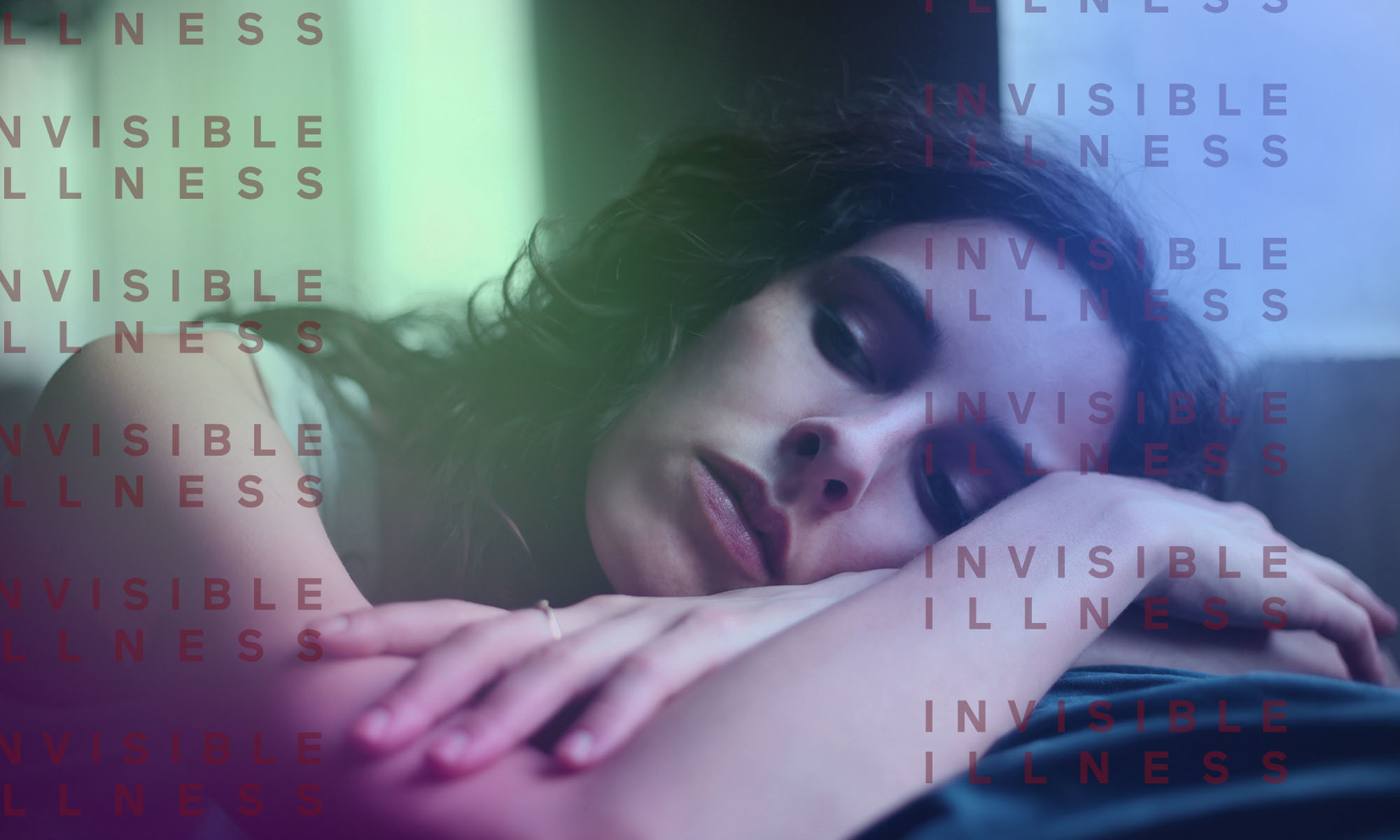I've Had Lyme Disease For Over 20 Years: What I Wish More People Knew
I listened to my gut until I found answers.

Image by Charise Ott / mbg Creative November 19, 2022 Our editors have independently chosen the products listed on this page. If you purchase something mentioned in this article, we may While some health issues are visible to the outside world, many people face chronic conditions that don't have externally visible signs or symptoms—also known as invisible illnesses. In mindbodygreen's series, we're giving individuals with invisible illnesses a platform to share their personal experiences. Our hope is their stories will shed light on these conditions and offer solidarity to others facing similar situations.
Advertisement
This ad is displayed using third party content and we do not control its accessibility features.
In 1995, six months after my first child was born, I woke up one morning with pain throughout my body and flu-like symptoms. I was 32 years old, with no history of any health issues. I did all kinds of lab work, but doctors had no idea what was happening. That’s where my 27-year health journey began. It took me four years to get answers.
Eight months later, I tested positive for Lyme disease, but my doctor told me it was likely a false positive. At the time, there wasn’t a lot of information and knowledge about Lyme—especially where I lived in Southern California.
For the next four years, I continued to go to doctors, seeking answers, because my bizarre symptoms didn’t end there. I began experiencing Bell’s Palsy (a condition that causes muscle weakness on one side of the face), nerve pain, chronic cough and sore throat, brain fog, and memory loss. Looking back, I was experiencing so many classic symptoms of Lyme, but I didn’t realize it at the time.
I also started having cardiac issues, specifically a bundle branch block, which messes with the heart’s electrical signals and makes it difficult to beat properly. What’s more, I had retina damage in my eyes. I was experiencing all of this while also raising a newborn baby.
Doctors never dismissed my symptoms, but I was subjected to a wide range of tests—MRIs, CAT scans, and many more positive Lyme tests. Within that time, I was told I likely had lupus, issues with my adrenal glands, and even that I needed back surgery. But I knew in my gut that none of those conclusions pinpointed what I was going through. I kept hopping around to different doctors, and doing my own research.
Back then, you really couldn’t find a Lyme doctor in California. Eventually, I reached out to a specialist in Boston, and I faxed him all my medical records. He told me I needed to seek care immediately, especially since the disease was impacting my heart, so he connected me with a doctor in Los Angeles who could help. This doctor definitively diagnosed me with Lyme disease.
Advertisement
This ad is displayed using third party content and we do not control its accessibility features.
My journey with Lyme took an unexpected turn.
From there, I went on oral antibiotics, and my symptoms did start to improve. But unfortunately, waiting four years for a diagnosis meant the disease had time to infiltrate my whole body. My doctor did the best he could, but some of the damage to my eyes was irreparable. I also continue to have cardiac challenges, although my doctor keeps a close eye on my heart health.
Slowly, I began to find my new normal again, while managing the effects of Lyme. I continued to hike and mountain bike, which are two activities I’ve enjoyed for a long time. Then, in 2021 (most likely while doing those activities I loved) I was bit by a Lyme-carrying tick again.
The illness went directly to my heart and put me in congestive heart failure. I wouldn’t have had any clue, but It just happened to show up while I was getting an echocardiogram. My heart was experiencing pumping issues, which was a totally different cardiac challenge than I’d been dealing with prior. Rapidly, my ejection fraction (the measurement of how much blood the left ventricle pumps out with each contraction) went down to 20%—it’s supposed to be 55% or above.
I went on a treatment program for nine months, I did countless IVs, and now the ejection fraction is up to 40%. Although this is a huge improvement, it’s still considered heart failure, and I have a ways to go.
Other than this latest development, I’ve been able to monitor my Lyme symptoms and keep them in check by working with a good team of doctors. I can live my life, work, and stay active. So I'm still pushing through it, but it's just something you just got to stay on top of.
What I want people to know about Lyme.
I think it’s important for people to understand that Lyme is a widespread issue in this country (around 476,000 Americans1 are diagnosed each year), and you can get the tick-borne illness anywhere. Getting an early diagnosis and rapid treatment is important, so if you have any symptoms that point to Lyme, I would see a doctor immediately and seek help from a specialist. Bay Area Lyme Foundation is a great resource for education and physician referrals.
Advertisement
This ad is displayed using third party content and we do not control its accessibility features.
How to protect yourself.
Since my experience, I’ve also been doing some advocacy work. For me, it's therapeutic. The way I see it, if I'm going to have this disease, I might as well go out and help educate people on preventative measures.
For instance, here are a couple of tips I share with people to help mitigate tick bites if they plan on spending time hiking or backpacking:
Advertisement
This ad is displayed using third party content and we do not control its accessibility features.
My advice to anyone with Lyme symptoms.
If you do find yourself with symptoms of Lyme2, then you want to address it quickly. I also can’t emphasize enough how important it is to always trust your gut feeling. If you don’t feel like you’re getting answers from a particular doctor, then move on to the next one. Seek out someone who will listen.
Finding a community is also so important. I’ve found that connecting with other Lyme patients through support groups has been extremely beneficial. It just helps to know that you’re not alone, and that there are other people who can understand your experience because they’re going through the exact same thing.
As for some proactive measures, I’ve also volunteered to donate blood, urine, and tissue to the Bay Area Lyme Foundation biobank, to help with their research efforts. If you’re able, I’d encourage anyone recovering from Lyme to do the same, as it could help these scientists uncover new diagnostics and treatments for Lyme and other tick-borne diseases.
Ultimately, Lyme disease is a lot more complex than people realize, and it's something to be taken seriously.
As told to Kristine Thomason.
Advertisement
This ad is displayed using third party content and we do not control its accessibility features.

 MikeTyes
MikeTyes 
































